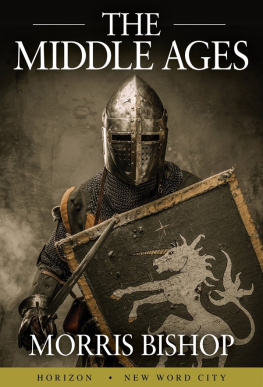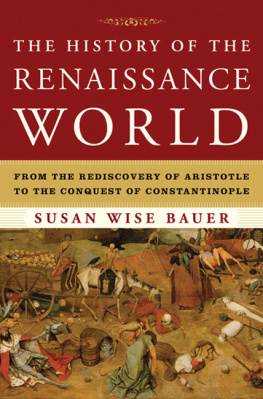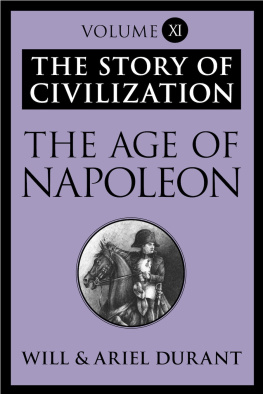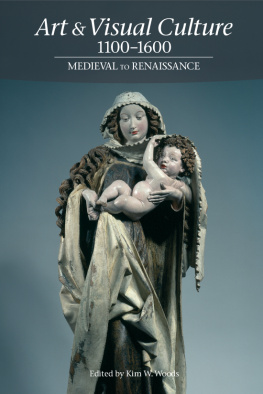
ALSO BY SUSAN WISE BAUER
The Story of the World
History for the Classical Child
(PEACE HILL PRESS)
Volume 1: Ancient Times (2006)
(REVISED EDITION)
Volume 3: Early Modern Times (2004)
Volume 4: The Modern Age (2005)
The History of the Ancient World
From the Earliest Accounts to the Fall of Rome
(W.W. NORTON, 2007)
The History of the Medieval World
From the Conversion of Constantine to the First Crusade
(W.W. NORTON, 2010)
The Well-Educated Mind
A Guide to the Classical Education You Never Had
(W.W. NORTON, 2003)
Though the Darkness Hide Thee
(MULTNOMAH, 1998)
WITH JESSIE WISE
The Well-Trained Mind
A Guide to Classical Education at Home
(REVISED EDITION, W.W. NORTON, 2009)
www.susanwisebauer.com

Peace Hill Press, Charles City, VA 23030
2003, 2007 by Susan Wise Bauer
All rights reserved. First edition 2003
Second edition 2007
Printed in the United States of America by BookMasters, Inc.
30 Amberwood Parkway, Ashland, OH 44805 M9194 December 2011
Publishers Cataloging-in-Publication Data
Bauer, S. Wise.
The story of the world : history for the classical child.
Volume 2, the Middle Ages : from the fall of Rome to the rise of the
Renaissance / by Susan Wise Bauer ; illustrated by Jeff West. Rev. ed.
p. : ill., maps ; cm.
Includes index.
ISBN: 978-1-933339-10-8
ISBN: 978-1-933339-09-2 (pbk.)
ISBN: 978-1-933339-11-5 (spiral bound)
ISBN: 978-1-942-96801-6 (e-book)
1. Middle AgesHistoryJuvenile literature.
2. Civilization, MedievalJuvenile literature.
3. AfricaHistoryJuvenile literature.
4. AmericaHistoryJuvenile literature.
5. EuropeHistoryJuvenile literature.
6. East AsiaHistoryJuvenile literature.
7. Middle AgesHistory.
8. Civilization, Medieval.
I. West, Jeff. II. Title. III. Title: Middle Ages : from
the fall of Rome to the rise of the Renaissance
D118 .B38 2006
940.1 2004112538
The paper used in this publication meets the minimum requirements
of the American National Standard for Information SciencesPermanence
of Paper for Printed Library Materials, ANSI Z39.48-1992.
Page makeup by Electronic Publishing Services, Inc, TN
www.peacehillpress.com
eBooks created by www.ebookconversion.com
Foreword

The hardest part of writing a world history is deciding what to leave out. In The Story of the World, I have tried to keep history simple and straightforward by highlighting the major events, personalities, and national stories of the worlds cultures, in (more or less) chronological order. Theres no way to simplify history without leaving out something important, so I encourage readers to use The Story of the World as a jumping-off pointa place of departure which can lead to further investigation of Mayan art, the French monarchy, English wars, or Native American cultures.
In writing this history, I have tried to keep my primary audienceyoung childrenin mind. So although I describe major religious movements (the Reformation, the Counter Reformation, etc.) because of their historical importance, I have tried to tell these stories in a way that will allow parents and teachers to explain their religious significance. I know, for example, that Catholics and Protestants will very likely choose to highlight different aspects of the Reformation and Counter Reformation, which are complex events in which both Catholics and Protestants behaved with courage and with cruelty.
I have also chosen to ignore some events entirely. The Inquisition, for example, has historical importance. But its violence is impossible to treat in a way that would make sense to an eight-year-old, and its effects on Western history are not as pervasive as those of the Reformation.
I have made an effort here not to treat the West as an island; the stories of Japan, China, Korea, Africa, India and Arabia are told, along with the stories of native peoples who lived in the Americas, in Australia, and in New Zealand. In selecting what episodes to include, I have tried to focus on what would prepare a child to understand todays world, rather than on the intricacies of past history. So I have given priority to those events and names which a child should know to be culturally literate, and also to those events which laid the foundation for the present day. For this reason, I spend a fair amount of time on the Emperor Justinian and his establishment of laws which are still foundational today, but I have given very little space to the later Byzantine emperors.
Although maps are included, the Renaissance was a time of exploration, and the reader will need a globe to trace the paths of the adventurers who went all around the world.
The chapters of the Story of the World follow a chronological pattern. However, Ive tried to avoid confusing young readers by skipping from country to country too quickly. For example, Chapter Two tells about the Anglo-Saxon invasion of Britain in 449. I then continue on to tell (in Chapter Three) the story of Augustines mission in England in 597, before moving to the east for Chapter Four and going back a few years to describe Justinians rule of the Byzantine Empire (527565) and the events that followed his reign. Important dates are given in the text; more dates are included in an appendix, so that parents, teachers, and older readers can locate events on a timeline.
CHAPTER ONE
The Glory That Was Rome

Wandering Through the Roman Empire
What if you owned a magic carpet? You could use it to fly around the worldand back in time.
Lets imagine that youre going to fly back past the time that you were born, back to the days when people used horses to get around. Then youre going to fly back to the Middle Ages, back to the days of knights and castles. Then youre going to go back even farther, to the time of the Romans.
Your magic carpet stops. Youre hovering high in the air, above the Mediterranean Sea. From your seat on the carpet, you can look down and see the Mediterranean. It looks a little bit like a duck flying.
You notice that the land all around the Mediterranean is glowing yellow! This is the land that belongs to the Roman Empire, the biggest, most powerful empire in the world. For hundreds of years, Roman soldiers have been attacking and conquering the countries around the Mediterranean Sea. Now, the emperor of Rome rules all of these conquered countries. They obey the laws of Rome, speak the language of Rome, and serve the emperor of Rome.

Your magic carpet swoops down towards the Mediterranean Sea, towards a piece of land that looks like a boot sticking out into the middle of the water. This is Italy, the center of the Roman Empire. And the most important city in Italy is Rome itself, right in the middle of the boot.

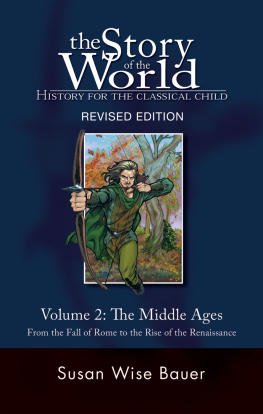
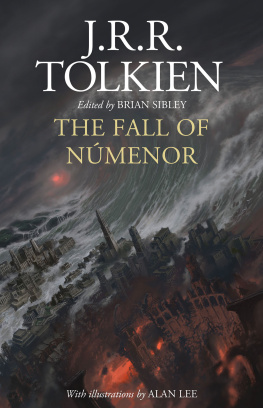
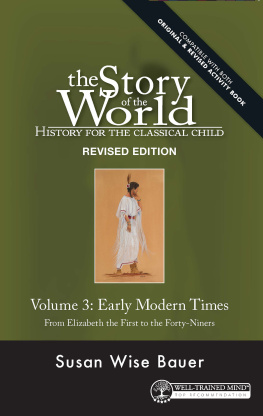
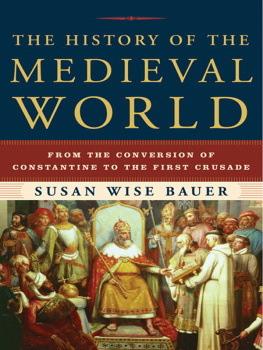
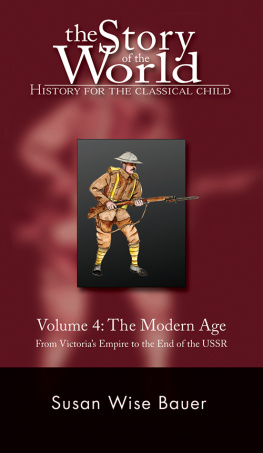
![Rountree Elizabeth - The story of the world: [history for the classical child]. Volume 2, The Middle Ages, [from the fall of Rome to the rise of the Renaissance]: test book and answer key](/uploads/posts/book/232759/thumbs/rountree-elizabeth-the-story-of-the-world.jpg)

